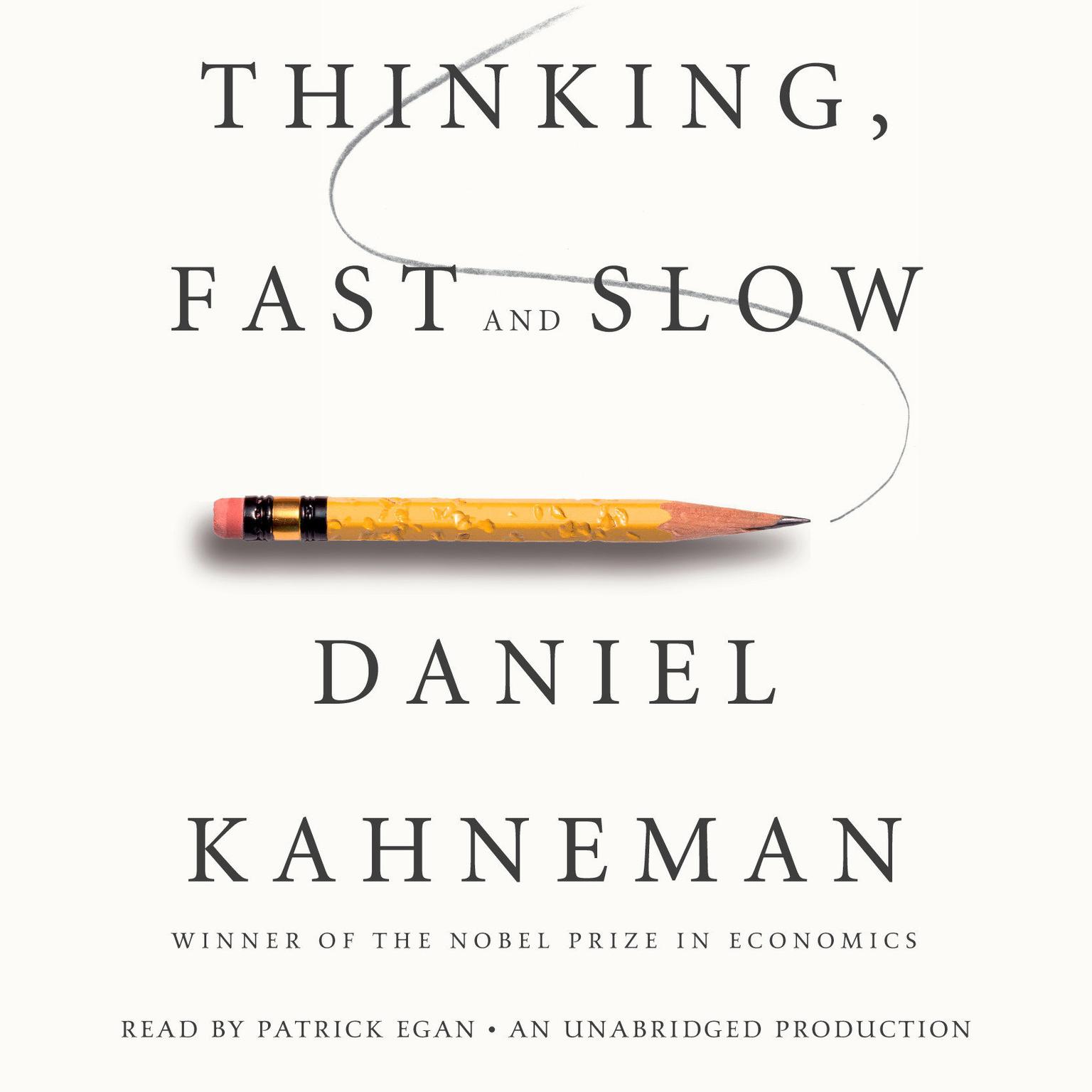Using a few tricks to organize that brain processing power, you will become more efficient at work and at home.
Guest blog written for ThriveGlobal.com
Have you ever heard the old saying that we only use 10% of our brains? The good news is that brain scans now prove this myth wrong. The brain is firing and active all the time, no matter what you are doing! However, what you may be blown away to learn is that by using a few tricks to organize that brain processing power, you will become more efficient and productive at work and at home.

Your brain is divided into two hemispheres, known as the left and right brain. Each hemisphere has specific functions and limitations. The left brain thinks in words and numbers. It is good at analyzing, calculating, reasoning, and logic. These functions take extra attention and effort. The right brain perceives through sounds, images, and physical sensations. This side of the brain is good at art, music, and creativity. These functions also take focused attention, but they can be accomplished with less effort or cognitive strain than the left-brain expends.
Both the left and right hemispheres are involved in most, if not all, work situations. Think through your own job. What are some daily tasks you have to complete? If you were to break those tasks down, each step would be accomplished more efficiently by either the left or right hemisphere. For example, decisions involving numbers, like proposed budgets, would be best to start in the left brain with the appropriate calculations and analyses. Then, you would check in with your right-brain to see how the numbers fit within the big picture before confirming your final decision as rational and logical.
Another example would be tackling complex projects. Begin in your right-brain by freely imagining all the possibilities without any restrictions. Once you have explored the possibilities, use your left-brain to laboriously construct the steps and ensure that they are fiscally feasible and reasonable. Finally, check back in with your right brain to decide the one(s) that resonate as correct with your gut or intuitive senses.
Using different functions of the mind in the proper sequence has proven highly effective in the business world by Daniel Kahneman, Professor Emeritus of Psychology at Princeton University. In his book Thinking, Fast and Slow, he presents his groundbreaking research on the subject. Dr. Kahneman received the Nobel Prize in Economics for his pioneering work on financial forecasting, new corporate strategies, and a revolutionary model of two systems in the mind involved in critical decision making.

So how do you implement the order of left vs. right brain processing at work? The first thing is figure out the requirements and nature of the task. Will it need more analyses, effort, and number crunching or more creative thinking? Determine the appropriate sequences involved in thinking effectively about the task and reaching correct conclusions.
It is also important to also consider at what times of day you have high and low energy. It is best to schedule most or all left brain activities during the time you have the highest energy. Right brain usage would then come before or after those activities or at times of the day when you have less energy. By coordinating the sequences of a project with your energy levels, productivity and efficiently will increase dramatically.
The next time you need to speak in a meeting or give a presentation at work, try this before-hand:
- Start in your left brain by writing down the three most important topics that you will address in your talk. Also write out your opening two to three lines that you will say.
- Use your right brain to visualize yourself on stage or in front of the group, feeling very confident and hearing your opening lines just the way you would like them to sound.
- Move back to the left brain to write down all the important facts and figures that will support your 3 main points.
- Then rehearse your entire presentation in your right brain several times with all the facts and figures until it all sounds, looks, and feels right in your mind.
Now go plan out your next project and get to work!
